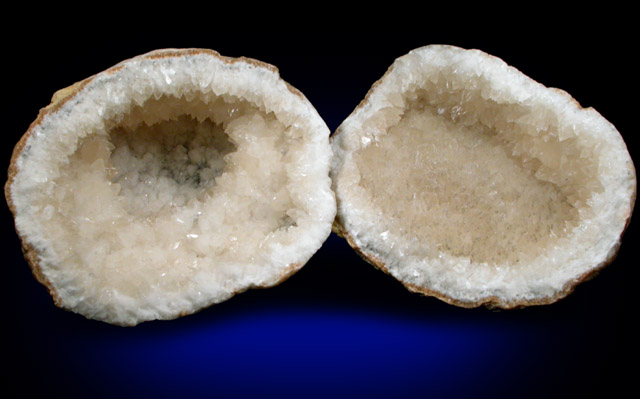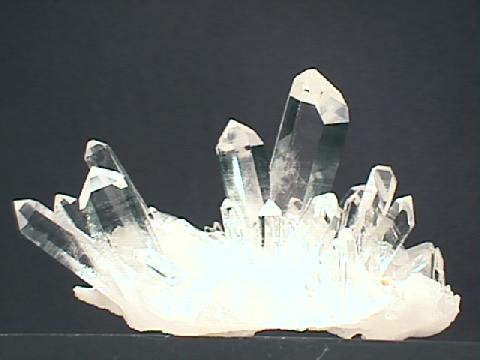
enb105-2012s-Garret McDowell
This is a student blog for a Geology class at Mercer University in Spring 2012.
Thursday, March 15, 2012
Lab Update - Movie Research
In the last few lab periods, we have been watching documentaries on different aspects of geology. We have seen the Ring of Fire in extensive detail, along with the mystery of the deep sea vents and the amazing beginnings of life in extreme environments. I have to say that out of all that we have watched, Deep Sea, Deep Secrets is by far my favorite. This 1990s documentary showed the extraordinary efforts by the crew behind the DSV Alvin Submersible, which was the amazing vehicle used to get footage of previously unknown areas. 15,000 feet down, nothing was known about the areas that were similar to how life began, but DSV Alvin showed the first clues. Hydrothermal vents and their ilk were sown to harbor life, but not life that we are familiar with. Anaerobic organisms seem to be the norm, and this documentary really piqued my interest about it. In addition, the vents and how they slowly build up, creating massive mineral deposits, was very interesting. This is the essential beginning of geology. I really hope we get to see more about this material.


Thursday, February 16, 2012
Lab 4: Pick and Analyze a Mineral!
For this week's assignment, we have been asked to pick and analyze a mineral of some kind. It could be anything we wanted, just had to show that we actually did some real work in finding something, preferably not just one we keep talking about in class, I imagine. Well, call me crazy, but I wanted to do more research into sunstones! I always knew they existed, even if they rose to popularity among my age because of their inclusion in a popular video game series.
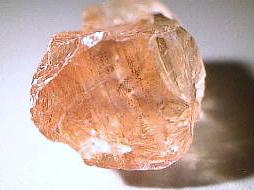
Sunstone, also known as red labradorite, is a radiant crystal. It falls under the plagioclase feldspar group, but the brilliant appearance has led to sunstone gemstones being used as jewelry. This oligoclase is in two major forms as jewelry and just as a stone.

This first kind is much more opaque and more like natural feldspar. As you can see, these are tumbled, but the "sunspot" characteristics made ancients believe that they were imbued with the essence of the sun itself. Power and wealth came to those who could "control" the sun, so sunstones rose into prominence. Some claim that this looks like an orange opal, and the color is often associated with hematite that found its way into the stone.
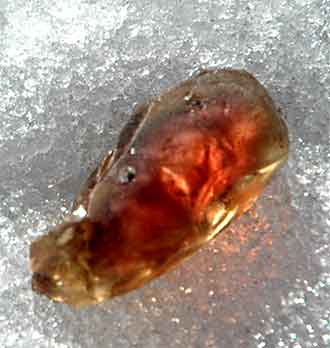
This second kind of sunstone is much more well known to Americans, for this is Oregon sunstone. This variant is a gemstone quality simply due to the way it forms. There are significant deposits of copper in this mineral, causing the change of color to look like a sunburst. Oregonencyclopedia.org - "Some Oregon sunstones exhibit a glow from within due to millions of microscopic copper platelets, known as schiller. Colors of the stone vary from clear, champagne, yellow, light pink, salmon, orange, and red to blue-green. Intense red and blue-green are the colors that are most rare. Sometimes, when viewed from different angles, as many as three colors will show within one stone."

Yeah, that's what you think it is. Beautiful specimen. As for mineral qualities, sunstone is known for a hardness from 6-7.2 on the hardness scale. This means that it is of sufficient quality for gemstones. It officially has a triclinic crystalline structure. It is double refractive, and it has a white streak. Also, sunstone has a conchoidal fracture. All of this leads to completely natural gemstones that are not altered when put into a piece of jewelry like others that may be heated or modified. The chemical formula is (CaNa)((AISi)2Si2O8).
Sunstone is just awesome. Enough said.
Wednesday, February 15, 2012
Lab 4: Field Trip on Mercer's Campus
Hey again, these are a series of pictures I snapped last week following our lab for the week. The first three are up close shots of crystal structures. They were quartz, sandstone mixture, and some granite. The big picture is of lots of rocks that were collected. The one with a bottle shows HCl reacting with carbonated rocks. The last is just another picture of crystalline structures and the acid reacting.
Wednesday, February 8, 2012
Lab 3: Mineral 11: Halite
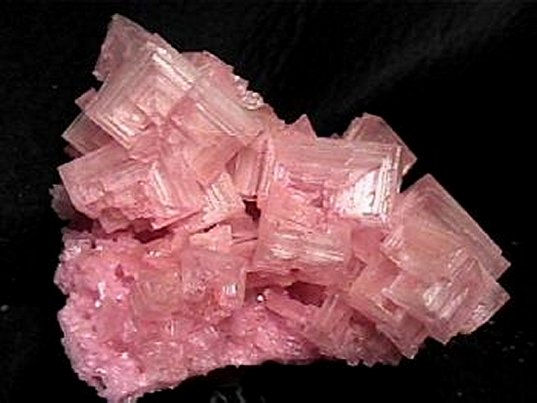
Subscribe to:
Posts (Atom)







